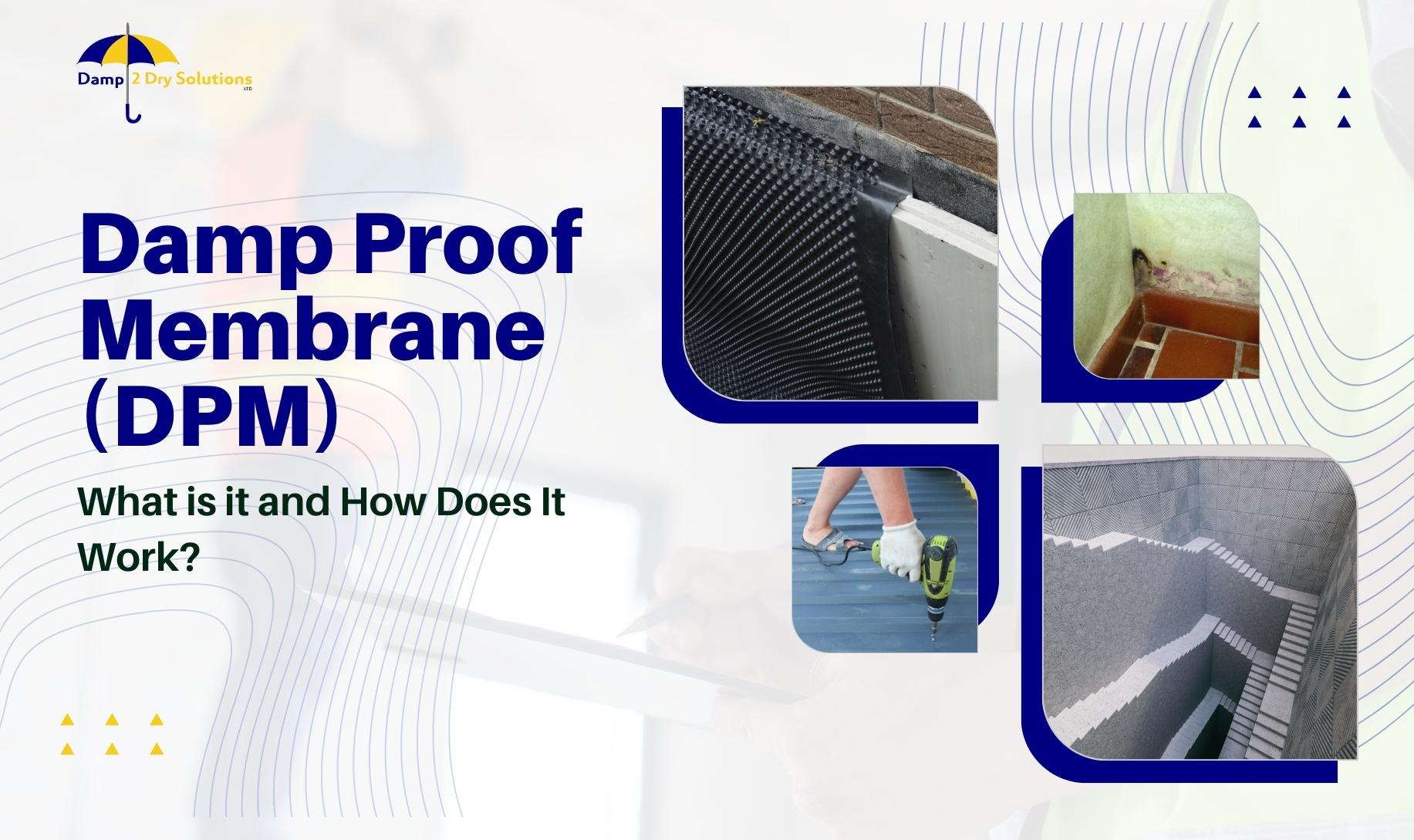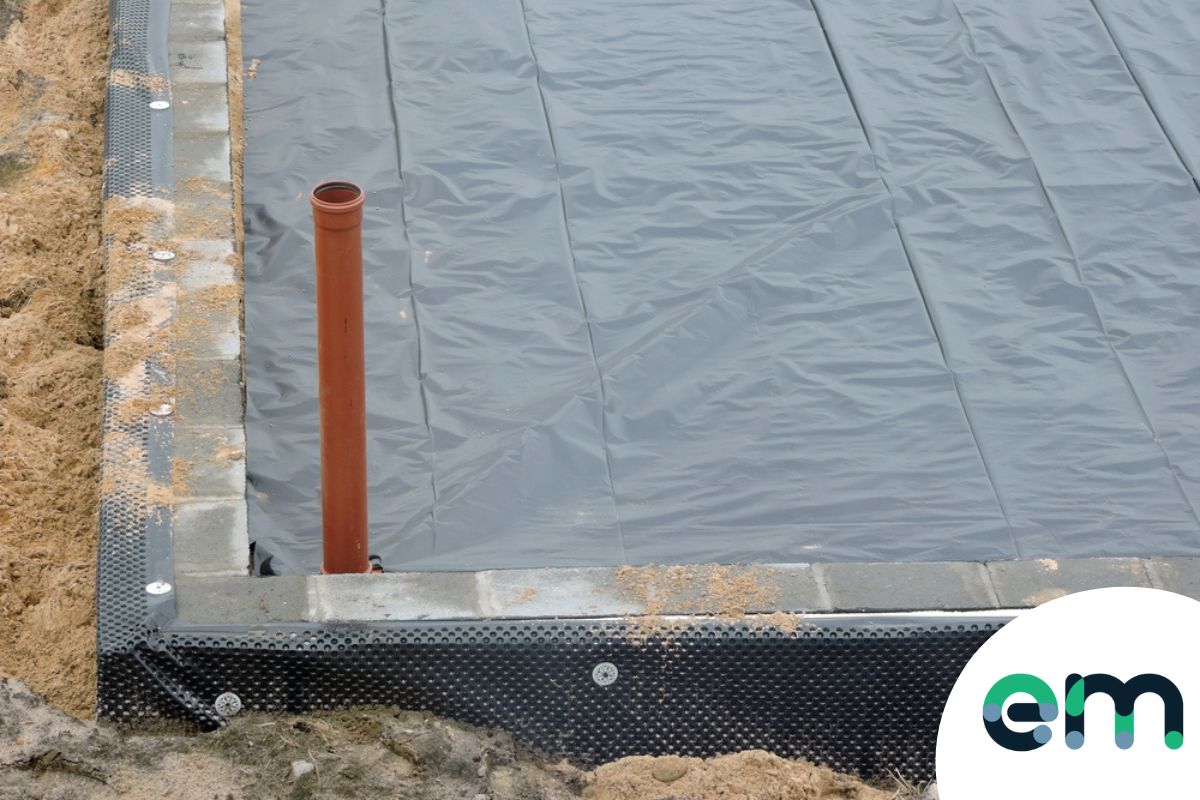Top 7 strategies for mould removal newcastle that actually help
Top 7 strategies for mould removal newcastle that actually help
Blog Article
Discovering the Numerous Techniques and Solutions for Effective Damp Proofing
Dampness in structures positions substantial obstacles to both architectural stability and interior air high quality. Numerous strategies and options have actually arised to fight this pervasive issue. From typical damp-proof membrane layers to cutting-edge chemical treatments, each approach supplies unique advantages. Understanding these choices is necessary for efficient wetness control. Nonetheless, choosing the best remedy relies on specific building conditions and demands, motivating additional exploration right into the most efficient moist proofing techniques readily available.
Comprehending the Causes of Wetness
Moisture can arise from numerous sources, comprehending these causes is important for reliable removal. Frequently, wetness stems from 3 main sources: increasing moist, penetrating wet, and condensation. Climbing moist happens when groundwater travels upwards with porous products, such as block or stone, frequently due to a lack of a reliable barrier (damp specialist newcastle). Permeating damp is typically brought on by external variables, including roof leaks, damaged seamless gutters, or harmed wall surfaces, enabling water to infiltrate a residential or commercial property. Condensation, on the various other hand, results from excess moisture in the air, usually exacerbated by inadequate air flow and temperature level differences, causing water beads creating on surfaces. Recognizing these underlying problems is necessary, as each type of moisture needs a customized method for removal. Appropriate assessment aids in establishing the most reliable options, ultimately securing the structural integrity of a building and boosting interior air top quality
Conventional Damp-Proof Membrane Layers

Chemical Damp-Proofing Solutions
Chemical damp-proofing options provide an ingenious method to protecting against dampness invasion in buildings. These techniques commonly entail the application of fluid chemicals that pass through masonry and develop a barrier against climbing wet. Generally used chemicals include silanes, siloxanes, and other water-repellent agents that react with surface products to create a hydrophobic layer.The application procedure usually needs boring holes into the wall surfaces, injecting the chemical solution, and enabling it to heal. This approach is particularly beneficial for older frameworks where typical damp-proof membranes might be unwise. In addition, chemical damp-proofing can be much less turbulent and more affordable than comprehensive restoration projects.While effective, these remedies depend on correct application and environmental problems for peak efficiency. Routine upkeep and monitoring are essential to assure the long life of the damp-proofing treatment. Generally, chemical damp-proofing represents a functional option for guarding structures versus moisture-related damage
Tooth Cavity Wall Surface Construction Methods
Tooth cavity wall building techniques use many benefits, especially in dampness control and energy efficiency. By including an air space in between two layers of stonework, these walls efficiently alleviate water access while enhancing insulation. This combination not only safeguards structures from moisture yet likewise adds to reduced power intake.
Benefits of Dental Caries Wall Surfaces
When taking into consideration reliable wet proofing methods, the benefits of tooth cavity walls attract attention plainly. Dental caries wall surfaces include two different layers, developing an air gap that efficiently minimizes dampness penetration. This layout reduces the risk of wetness, as the outer wall surface acts as an obstacle against rainfall and water ingress. Additionally, tooth cavity wall surfaces boost thermal insulation, which adds to energy performance by lowering heat loss. They likewise provide audio insulation, assisting to produce a quieter indoor setting. In addition, the air void allows for ventilation, which aids in moisture control and lowers the possibility of mold and mildew development. These benefits not just improve the general convenience of a structure but likewise add to its longevity and architectural integrity.
Dampness Control Approaches
Efficient dampness control methods are critical in cavity wall building to assure long-term security against dampness. One key approach includes the incorporation of weep openings, which assist in water drain from the tooth cavity, stopping accumulation. In addition, the use of breathable membranes can aid handle dampness levels while permitting caught vapor to get away. Correct positioning of insulation is additionally important, as it must not block water drainage courses. Making sure that the outer fallen leaves of the dental caries wall surface are built with waterproof materials boosts overall durability. Normal maintenance checks are here vital to identify any type of clogs or damage early, protecting the structure's integrity. Ultimately, a mix of these methods creates a robust defense versus dampness intrusion in tooth cavity walls.
Insulation and Power Efficiency
Insulation plays a vital duty in improving power effectiveness within dental caries wall building. By incorporating protecting products, these walls produce a thermal barrier that reduces heat loss and minimizes power consumption. Effective insulation not only assists preserve a secure interior temperature level yet additionally reduces the danger of dampness, as it avoids condensation within the wall cavity. Different strategies, such as the usage of inflexible foam boards or mineral wool, can be employed to attain suitable insulation performance. Furthermore, appropriate installation is crucial to guarantee that gaps and gaps are lessened, which can otherwise compromise energy efficiency. Eventually, a well-insulated cavity wall adds substantially to general sustainability and decreases heating and air conditioning expenses for home owners.
Exterior Damp Proofing Techniques
Exterior moist proofing techniques are important for securing structures from moisture infiltration. Two effective strategies include the application of water resistant membranes and the installation of French drains. These solutions aid minimize water buildup and preserve the honesty of structures.
Waterproof Membrane Application
While different methods exist for preventing dampness ingress, the application of waterproof membrane layers remains a highly efficient external damp proofing technique. These membrane layers are generally made from products such as polyethylene, rubber, or customized bitumen, providing a robust barrier versus water penetration. The setup process includes applying the membrane to the external surfaces of walls or foundations, making certain full insurance coverage to stop leaks. Correct attachment and sealing at joints are critical to making the most of efficiency. Water-proof membranes can be applied in numerous forms, including liquid layers and sheet membranes, enabling adaptability based on the certain demands of the framework. This technique not just shields structures from dampness yet likewise improves their durability and structural honesty.
French Drainpipe Installment
One efficient approach for taking care of groundwater and avoiding dampness accumulation around a structure's structure is the setup of a French drain. This water drainage system contains a trench full of crushed rock and a perforated pipeline that redirects surface water far from the structure. Correct installment needs careful preparation, making certain that the drainpipe inclines far from the framework to assist in ideal water circulation. Furthermore, the place of the drain is important; it ought to be positioned in locations prone to pooling or excess moisture. Regular maintenance, including clearing particles from the crushed rock and ensuring the pipeline stays unblocked, is important for lasting efficiency. Ultimately, a well-installed French drain can greatly lower the danger of water-related issues in basements and foundations.
Interior Waterproofing Methods
Inside waterproofing approaches are essential for protecting a structure's interior from dampness infiltration and possible water damage. These approaches usually entail the application of customized materials and methods developed to develop a moisture obstacle within the structure. One usual method is the usage of water-proof finishes or sealers on wall surfaces and floorings, which avoid moisture from permeating surfaces.Additionally, mounting indoor drainage systems, such as sump pumps, can properly manage water accumulation in basements and creep rooms. One more approach involves making use of vapor barriers, which are installed to prevent dampness motion from the ground right into living spaces.Moreover, attending to any kind of splits or spaces in wall surfaces or structures with appropriate sealants ensures an extensive protection versus water breach. By executing these interior waterproofing approaches, property proprietors can greatly minimize the threat of mold development, architectural damages, and other moisture-related problems. Proper implementation of these techniques is important for lasting protection and structure stability.
Regular Upkeep and Assessment Practices
Normal maintenance and assessment methods are vital for guaranteeing the long-term effectiveness of damp proofing remedies in any building. Regular checks allow homeowner to recognize very early signs of moisture invasion, such as peeling paint, mold and mildew development, and mildewy smells. These indicators can indicate underlying problems that need instant attention.Inspections should be performed at least yearly, focusing on at risk areas like cellars, creep areas, and exterior walls. During these analyses, homeowner must take a look at sealants, drainage systems, and ventilation to confirm they work correctly.Additionally, maintaining downspouts and rain gutters is vital, as blocked systems can cause water buildup near the structure. Applying a routine maintenance routine, together with timely repair services, can significantly expand the life-span of damp proofing steps and secure the architectural integrity of the building. Proactive measures inevitably add to the overall health and security of the living environment.
Regularly Asked Concerns
Just How Lengthy Does Damp Proofing Usually Last?
The duration of wet proofing performance varies, normally lasting between 20 to 50 years. Factors such as application quality, environmental problems, and maintenance practices significantly influence the longevity of the wet proofing treatment.

Can I Damp Proof My Home Myself?
The individual pondered the expediency of DIY damp proofing. With appropriate study and the best products, it is feasible. They also identified the significance of specialist support to guarantee resilient effectiveness and avoid future issues.
What Are the Indications of Ineffective Damp Proofing?
Signs of inefficient moist proofing include persistent moldy odors, noticeable mold development, peeling off paint, wet spots on wall surfaces, and timber degeneration - damp specialist newcastle. House owners must deal with these problems quickly to stop more damages and health concerns
Does Damp Proofing Affect Indoor Air High Quality?

Exactly How Much Does Specialist Damp Proofing Cost?
Professional damp proofing costs differ considerably, typically varying from $1,000 to $5,000 depending on the home's dimension, the level of the wet problem, and picked techniques. Each circumstance needs a customized analysis for precise pricing. Generally, wetness originates from three main sources: climbing wet, penetrating damp, and condensation. When taking into consideration effective moist proofing methods, the advantages of dental caries walls stand out plainly. Outside wet proofing techniques are necessary for shielding structures from moisture seepage. While numerous techniques exist for protecting against moisture ingress, the application of water-proof membrane layers remains an extremely reliable exterior damp proofing strategy. Signs of ineffective wet proofing include persistent moldy smells, visible mold development, peeling paint, wet spots on walls, and timber decay.
Report this page